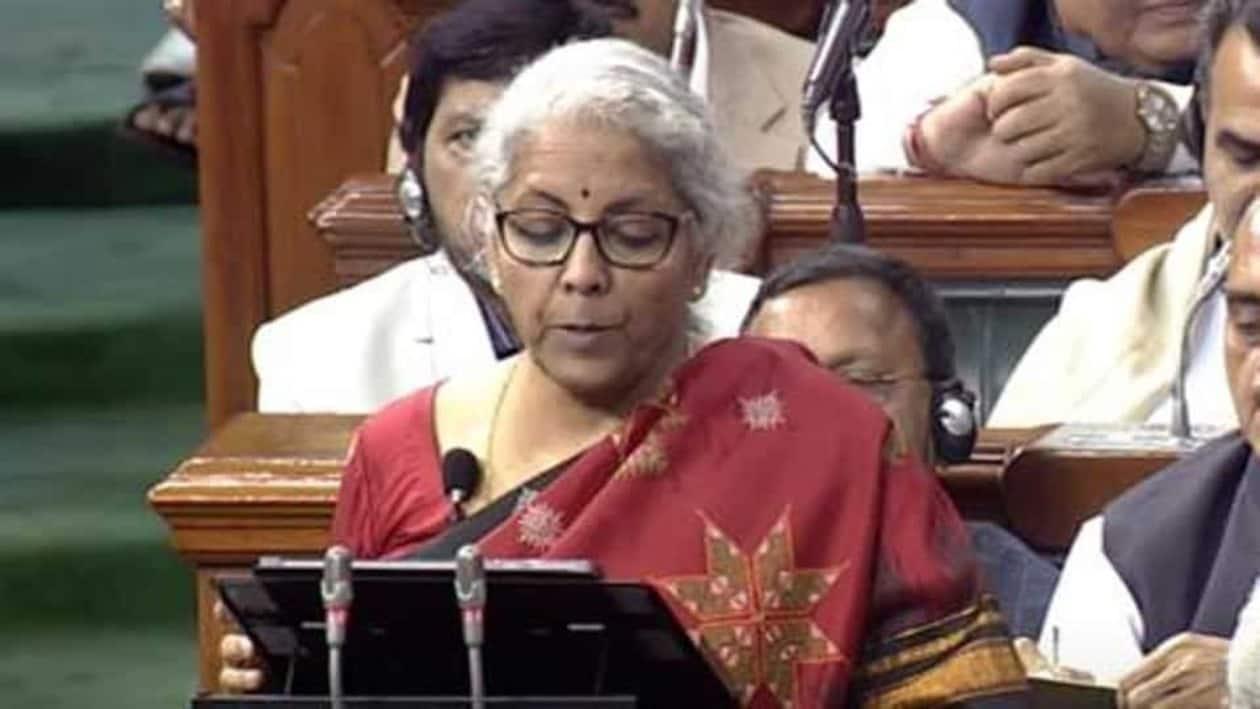Empowering the majority from the bottom of the income pyramid with higher disposable income in hands while incremental consumption will allow further industrial growth. While most speakers would refrain from calling this a Populist Budget, it is however a long term populist budget of course.
Increased disposable income for the masses from the lower bottom of the pyramid will allow increased consumption in the domestic economy boosting a range of industries including largely the consumer durables, textiles, electronics, home appliances, etc., in general manner.
This is due to the increased savings by 2.5% approximate of the annual income in the new tax regime for any income slab group which can come handy in the form of 1 or 2 electronic appliances of medium pricing, or a brief domestic vacation for any middle class person in a year.
On similar lines, the reduction of surcharge from 37% to 25% for the highest tax rate of high earning professionals, this might be seen as the Government not seeing high earnings of professionals as a sin, and giving them a minor tax break as an encouragement.
A 33% increase in the capital outlay, i.e. infusion of ₹10 lakh cr for capex from Government side, taking up the effective capex to ₹13.7 lakh cr, is the steepest increase of Government capex yet.
This will add capacity to several industries including Railways, Mining, Steel, Mining, Electrical Equipments, etc. These industries have the inherent nature of creating more sources of income and potential for further value addition, while generating jobs for the primary capacity addition and then afterwards during the value addition processes as well.
Hence, it can be said that this is where PM Modi is bringing up Indian industries against global competition by incentivising capex while providing the security of a robust domestic demand further fuelled by tax rate cuts and exemptions.
With the Jan 2023 GST collections at a robust ₹1.56 lakh Cr, i.e. 10 straight months with more than ₹1.4 lakh Cr GST collections, the honourable FM was spot on to estimate a 15% Tax revenue increase for FY23, and giving a clear indication that the Government is not running short of capital at all.
Hence, a fiscal deficit of 6.4% for current year, and FY24 budgeted year fiscal deficit at 5.9% is well within grasp for the Government. What makes this possible can be recalled with the happenings of the past year when despite western pressure, India was able to procure cheaper crude oil from Russia justifying the economic interests of the people above international sanctions.
While last year the crude prices had shot over the roof, we expect brent crude to hover between USD 70-90 per barrel, as crude oil imports still remain the most important balancing imported item for India, and primary determinant of our fiscal position.
Development goals including development of Energy Infrastructure Transition between state grids to-and-fro Ladakh for ₹20,700 Cr, allocation of ₹35,000 Cr for Energy Transition, ₹19,700 cr to National Hydrogen Mission with a stated target of 5 MMT production capacity by 2030, such large allocations show the readiness of the Government for the new world with projects not viewed as 1 year or 5 year plans, instead seen as the advent of newer technologies taking over old inefficient and polluting sources of energy and adapting the newer and greener ones for the overall benefit both in terms of productivity as well as sustainability.
While FM Nirmala Sitharaman did increase the PMAY allocation by 66% to ₹79,000 cr for FY 23-24 along with MNREGA allocation of ₹60,000 cr, we have to take a note that the Government is not of the mindset of freebies, as was evident from the cuts in the Welfare spends.
Food Subsidies have been budgeted at ₹1.97 lakh cr, a whopping 31% decline from the revised estimate for FY23 and fertiliser subsidy dropped by 22% to ₹1.75 lakh cr for FY24. Since 2022 was marred by rise in food and fertiliser prices internationally, we can’t un-notice the cuts so sharp in the following year.
Overall, one can say that the budget envisages PM Modi’s vision for India’s future, it's also evident that the PM and the Ministers are confident of their actions and plans with this budget as they look claiming strongholds before the next year elections have even arrived.
Anmol Das, Head of Research at Teji Mandi.
